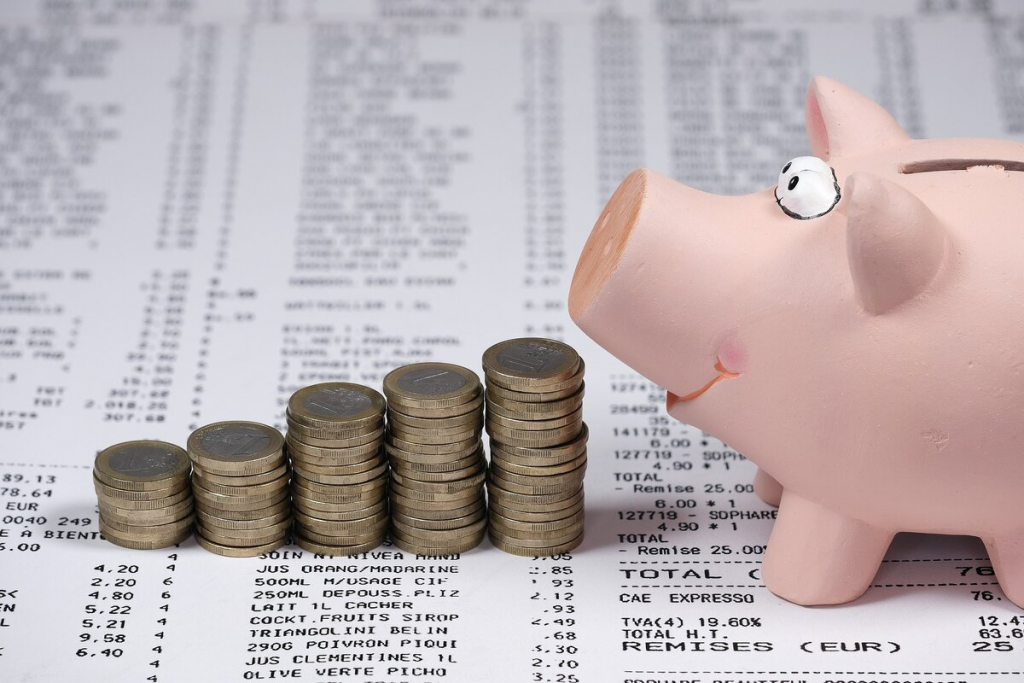Dividend Investment Strategy: How to Generate Stable Income
Dividend investing combines reliability with a regular cash flow. Instead of seeking short-term opportunities, an investor constructs a portfolio that consistently generates payouts and grows through the reinvestment of dividends. This strategy requires discipline, deep analysis of issuers, and an awareness of macroeconomic factors.
Key Metrics of Dividend Investing
Dividend Yield
The dividend yield indicates what portion of a stock’s value consists of annual payouts:
\[DY = \frac{\text{dividend per share}}{\text{share price}} \times 100\%\]
For developed markets, a normal range is 3–5%, while for emerging markets, it is 6–10%. A higher figure warrants an analysis for potential risks of stock price declines.
Payout Ratio
The payout ratio reflects the portion of profit allocated to dividends:
\[Payout\ Ratio = \frac{\text{total dividends}}{\text{net profit}} \times 100\%\]
The optimal range is 40–60% in capital-intensive sectors and up to 80% in the commodities sector. Exceeding this level may signal threats to the sustainability of payouts.
Dividend Growth Rate
The dividend growth rate measures the annual increase in payouts. A consistent growth rate of 5–10% over at least five years indicates stability in corporate finances and a responsible dividend policy.
Dividend Reinvestment Plan (DRIP) Mechanics
What is DRIP
A DRIP (Dividend Reinvestment Plan) automatically reinvests received dividends into additional shares of the same issuer, enhancing the compound interest effect and accelerating portfolio growth without additional contributions.
Advantages of DRIP
- Averaging the purchase price of shares through regular acquisitions.
- Increasing the number of shares without manual operations.
- Reducing emotional burden and adhering to a disciplined approach.
How to Activate DRIP
Most brokers offer DRIP: Interactive Brokers, Fidelity, Schwab, and in Russia, Tinkoff and Sberbank. To activate, simply enable the feature in your account settings or contact customer support.
Selecting Dividend Issuers
Free Cash Flow
Free Cash Flow (FCF) demonstrates a company's ability to generate cash after capital expenditures. An issuer with FCF exceeding its dividend payouts by 20–30% is regarded as financially healthy.
Dividend Growth History
Companies that have increased payouts for at least 10 consecutive years (“dividend aristocrats”) show resilience in their business models and the ability to withstand economic cycles.
Issuer Status
Blue-chip stocks with high capitalisation and liquidity are suitable for the core layer of a portfolio. Mid-cap and small-cap companies may yield higher returns but come with increased risks.
Portfolio Construction and Diversification
Sectoral Diversification
Allocating capital across sectors mitigates systemic risk within the portfolio. A suggested structure is as follows:
- Energy: 20–30%
- Finance: 20–25%
- Telecom and IT: 10–15%
- Healthcare: 10–15%
- Consumer sector: 10–20%
Geographic Diversification
Including stocks from various regions — the US, Europe, Asia, and Russia — protects against local downturns and currency risks.
Portfolio Size
20–30 assets strike a balance between diversification and manageability, allowing for benefits across different sectors while reducing specific risks.
Taxes, Accounts and Fiscal Optimisation
Individual Investment Account (IIA)
The IIA in Russia offers a tax deduction of 13% on annual contributions up to 1 million RUB and complete exemption from personal income tax on dividends if the account is held for at least three years.
Dividend Taxation in Various Jurisdictions
- Residents of the Russian Federation pay 13% personal income tax.
- Non-residents face a withholding tax of 15%, reduced to 5% under double taxation agreements.
- In the US and Canada, rates for qualified dividends range from 15–20%.
Net Return After Taxes
Calculating net return should consider the effective tax rate, investment expenses, and potential benefits (IIA, Roth IRA).
Risk Management and Volatility
The Risk of Dividend Cuts
Reductions or suspensions of payouts often occur alongside declining profits or sharp increases in debt. Monitoring leverage ratios, debt to EBITDA, and cash reserves helps identify such risks early.
Stock Behaviour Around Ex-Dividend Date
On ex-dividend dates, stocks often fall by the amount of the declared dividend, yet may rise in anticipation several days prior due to speculation. Dividend investors focus on the overall stream of payouts and reinvestment rather than short-term price movements.
Volatility and Liquidity
On ex-dates and record dates, spreads widen and trading volumes decline. These factors should be taken into account when planning trades to avoid additional costs.
Psychology and Long-Term Discipline
Emotional Traps
- Selling stocks on ex-date out of fear of loss.
- Frequent trading in attempts to “catch” dividends.
- Abandoning the strategy at the first downturn.
Long-Term Thinking
Holding stocks through a minimum of three dividend cycles allows for the realisation of compound interest effects and smooths the emotional highs and lows of investing.
Core & Satellite Strategy
Core
60–80% of capital is invested in diversified ETFs with low fees and high liquidity (VT, VOO, IXUS, FXRL, etc.), serving as the foundation of the portfolio.
Satellite
20–40% is allocated to individual dividend stocks of leading companies with high yield potential and growth in payouts.
Examples of Combinations
- Core: VT, VOO, VTBR; Satellite: Gazprom, Sberbank, LUKOIL.
- Core: SPY, IE00, FXUS; Satellite: Cisco, Procter & Gamble, Nestlé.
Practical Steps Towards Building a Strategy
Step 1: Define Goals and Time Horizon
Clearly articulate investment objectives: regular income for current expenses or capital growth for future retirement.
Step 2: Assess Risk Profile
Complete an online assessment to understand tolerance for short-term fluctuations and the acceptable level of risk.
Step 3: Choose an Account
Open an IIA in Russia, a Roth IRA or Traditional IRA in the US, or a capital-optimised brokerage account in your jurisdiction.
Step 4: Build the Portfolio
Assemble 20–30 positions considering diversification across sectors, regions, and types of instruments. Evaluate metrics like DY, payout ratio, and history of dividend growth.
Step 5: Set Up DRIP
Activate a dividend reinvestment plan to enhance compound interest benefits.
Step 6: Rebalancing
Review the portfolio annually or when deviations exceed 10% to maintain the original structure and mitigate imbalances.
Step 7: Investor Journal Maintenance
Document the reasoning behind purchases and sales, noting emotional reactions and results for analysis and strategy adjustment.
Conclusion
The dividend investing strategy is built on a combination of reliable metrics, automated reinvestment, tax optimisation, and psychological discipline. Diversification, quality issuer selection, and long-term thinking facilitate the creation of a stable passive income stream and capital accumulation, regardless of market fluctuations. By following the outlined steps, investors can acquire an effective tool for achieving financial confidence.




